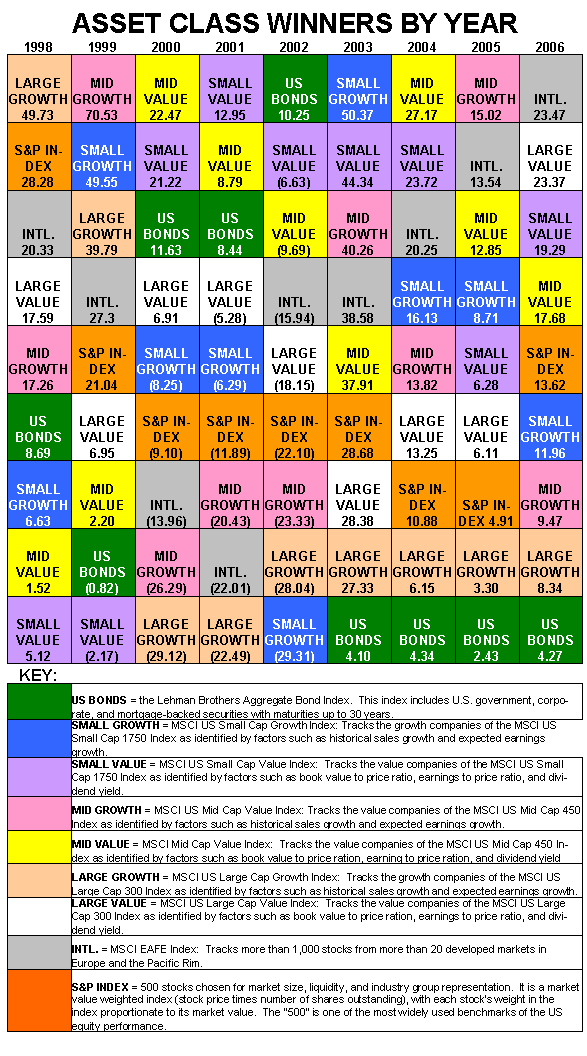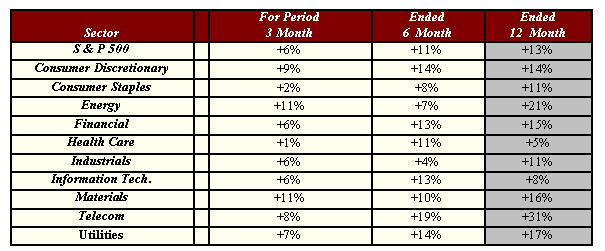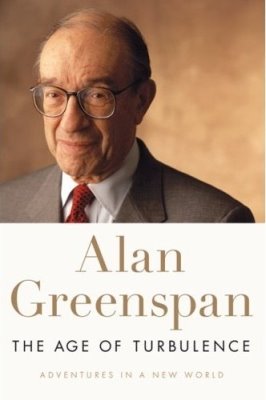
In September, I was fortunate enough to see one of my favorite people live at my graduate school alma mater George Washington University’s Lisner Auditorium. The “Maestro”, Alan Greenspan, was promoting his new book, The Age of Turbulence. At 81, Greenspan is hardly in need of money to support his modest lifestyle. However, having been virtually silent for the past 18 years at the Federal Reserve, he is literally bursting to express his opinions, both political and economic, as well as providing us with some insight and history for future generations. I believe this book, and the controversy surrounding it, may have a significant positive impact on the future economic success of the US economy.
Greenspan explained that the Fed was weaker today than in years past due to the “global forces” beyond its control. These “forces” are part of the “Conundrum” mentioned in one of his famous speeches about the Fed’s inability to affect long-term interest rates in 2004. In a light moment during his speech, Greenspan said he received over 10 bottles of the famous Caymus Conundrum wine. When asked how it was, he said he never touched it because of the name, “Conundrum, by its very nature is unknown. Why would I want to drink that?” he explained.
Greenspan, often referred to as a Right Wing Libertarian Republican, took the time to correct this mistake. “I am not right wing. [I am] far from it.” He explained how he felt that the Republican Party has moved too far away from its fiscally conservative roots, and how this shift allowed the Democrats to take control the house in 2006 and possibly the presidency in 2008. There are many other political issues mentioned in his speech and in the book, including issues relating to Greenspan’s disappointment with the Bush administration and his admiration for Mr. Clinton’s fiscal restraint.
What keeps the Maestro up at night? He mentioned 5 topics:
- US dependence on oil
- The growing U.S. deficit
- Lack of government funding for future Medicare requirements
- Inequity of income in the US
- The need to clarify the rules of intellectual property.
Greenspan was reluctant to talk about current Fed actions and the short term outlook for the economy. When pressed, Greenspan jokingly offered a highly precise a prediction of 42.5% chance of recession, up from the 30% chance he predicted in February.




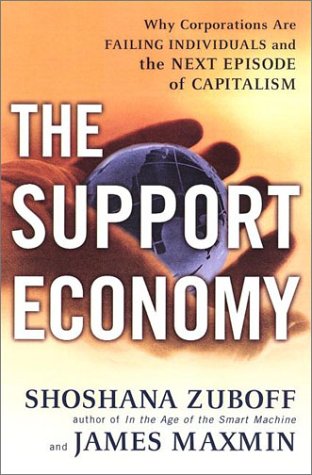
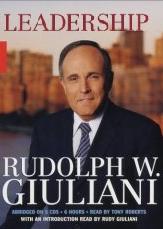




 The Black Swan: The Impact of the Highly Improbable
The Black Swan: The Impact of the Highly Improbable
